Next time you are in a synagogue, gaze at the eternal flame atop the Ark. Its symbolism represents the beating heart of spiritual and community life, if we make it so.
Our spiritual ethos, hope, aspiration and calling is that the light never goes out – or so we tell ourselves. This week’s Torah portion (Tzav) evokes this timeless image: “An eternal flame will be kept burning on the altar, never to go out” (Lev. 6:6). These words inspire the ner tamid atop the Ark, and with it Jewish narratives of perseverance and eternal Presence. Its reprised motif on Chanukkah inspired Peter, Paul & Mary’s Chanukah hit, Don’t Let the Light Go Out. (Rabbinic musicologists can say what they want about the Bangles’ 1989 Eternal Flame and Bon Jovi’s 1990 Blaze of Glory.)
The eternal flame was more in ancient days – and is more symbolic today – than just a fire that kept burning. The altar’s eternal flame was no supernatural miracle: it wasn’t a burning bush or divine pillar of fire that led the people in nighttime desert wandering. This eternal flame kept burning because the people kept it burning by a laborious communal effort to refine a constant supply of pure olive oil for that purpose (Ex. 27:20). The eternal flame’s placement on the altar, in the center of the Israelite camp, became the heart of communal and spiritual life. Its stated purpose was to allow perpetual and immediate access to purification, without the delay of kindling a fire anew. To access purification and holiness, there could be no time to lose.
These three facets of the eternal flame – communal creation, central location, immediate access – must be our keystones of modern spiritual life. Some imagine that we keep the eternal flame atop the Ark because it connects us to our ancient lineage, and that is true. But if we’re only backwards connectors and don’t look forward, then we’re mere spiritual historians. Nobody, my teachers taught me, drives a car looking only in the rearview mirror.
So what will be tomorrow’s ner tamid, the eternal flame of community, centrality and immediacy in spiritual life? I don’t pretend a clear answer, and maybe for now that’s as it should be. Any good answer, by its nature, must emerge from community and by community’s own effort. It will need to figure centrally in defining community, and it will need to offer immediate spiritual access. If no clear answer emerges yet, maybe the question itself is our attractive flame of community, centrality and immediacy.
Let this question burn and shine as an eternal flame for our people – to help keep us motivated, together and connected – no less than for our ancestors whose eternal flame we celebrate and honor today. For centuries our yearning and questions kept the lights on in Jewish spiritual life. Today as never before, we need that eternal flame to keep shining bright.
Rabbi David Evan Markus
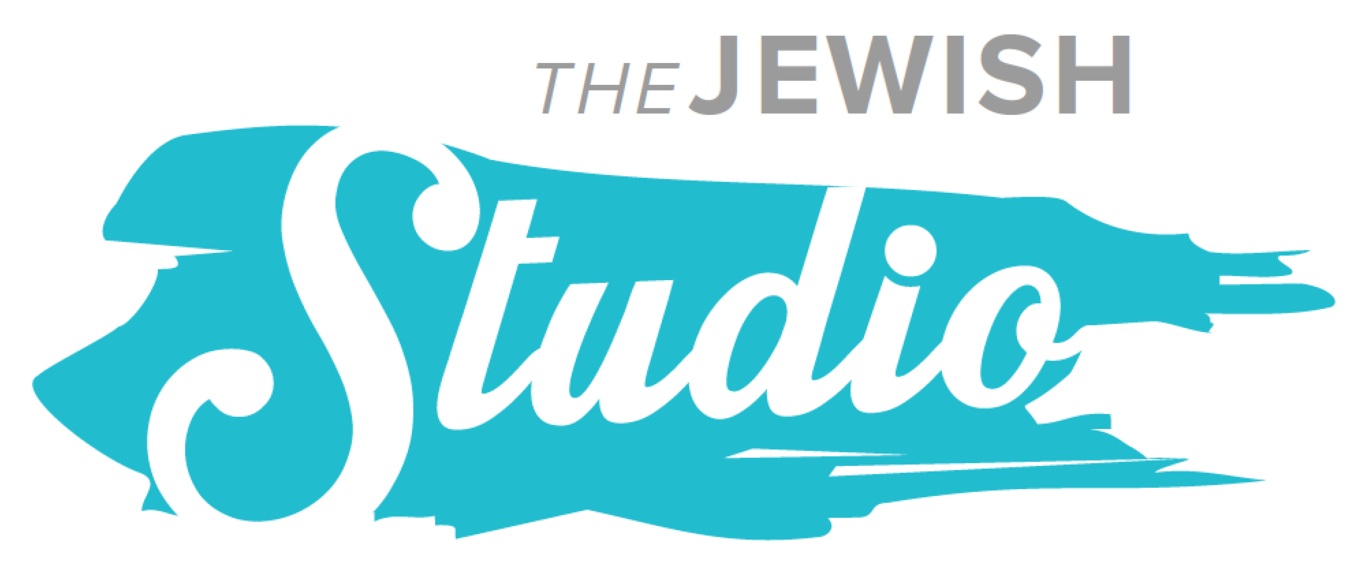
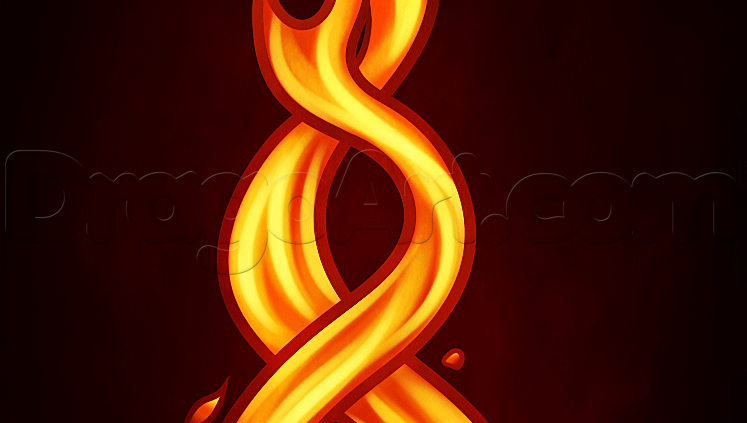
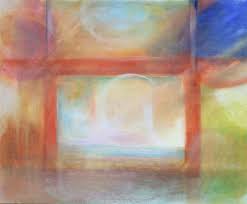


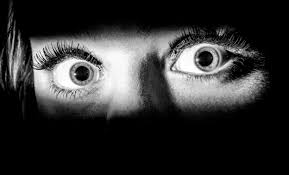

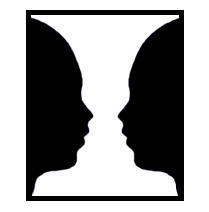

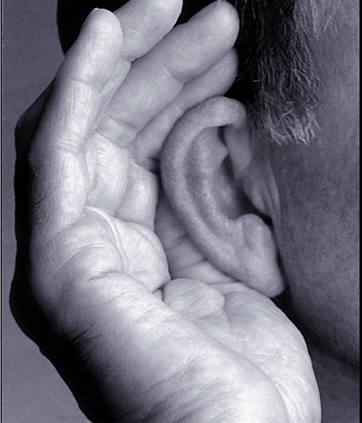
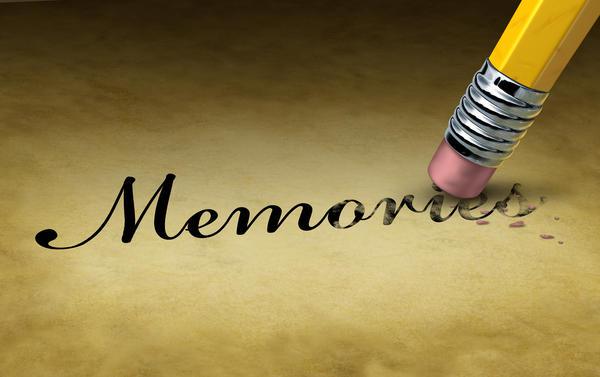


 Evan J. Krame was ordained as a rabbi by the
Evan J. Krame was ordained as a rabbi by the